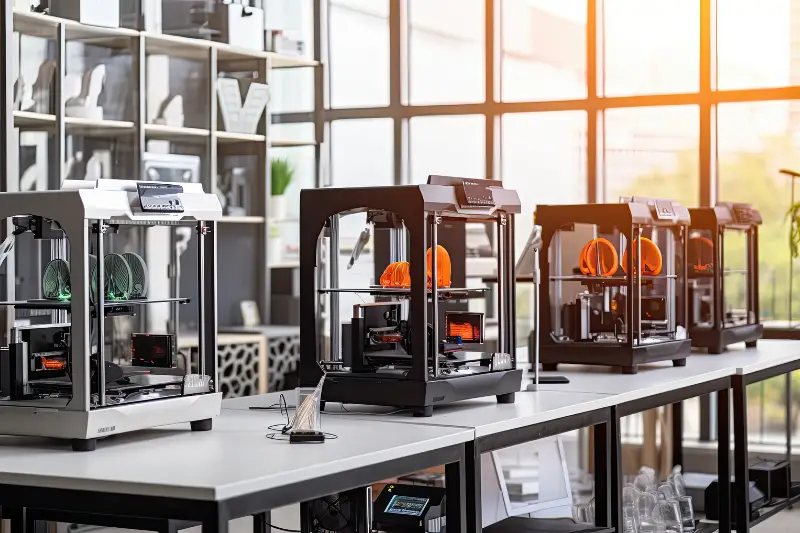Click here to get this post in PDF
3D printing is not just a new tool for developing and producing goods. Embracing this technology can in fact have a huge impact on the way your business operates, providing value and profitability to customers. It has actually already resulted in many new businesses. This includes an online machine shop for example, which is a company that will create your designs with the help of 3D printers and/or CNC machines. However, the rise of FDM 3D printing and other additive manufacturing techniques has resulted in more business opportunities. A few examples are mentioned below.
MaaS
The digitization of manufacturing has brought new service-based business models for manufacturers. One of them is Manufacturing as a Service (MaaS). This model relies on a shared manufacturing infrastructure, where equipment and other manufacturing capabilities are networked for more efficient production. With the help of MaaS, customers can submit orders for parts, and based on workload, materials, labor availability, location, and scale, the network dynamically routes the order to a specified facility or location. set of facilities to meet the requirements in the most efficient way. 3D printing has become one of the key pillars behind the MaaS model as well. As a digital manufacturing technology, 3D printing makes it possible to produce parts from digital files, while most of its workflow is based on data too.
On-demand manufacturing
Striking a balance between supply and demand is difficult. This is why suppliers use sophisticated algorithms to predict how much product is needed at a specific time and in a specific location to meet uncertain demand. But what if you can produce on-demand after the customer promises to buy the product instead of producing on-demand? This is the goal of on-demand manufacturing. Today’s on-demand business model emphasizes speed of delivery and the ability to produce parts when needed. This is very attractive to customers because you can get exactly what you need when you need it. 3D printing is one of the technologies that makes on-demand manufacturing possible. Since 3D printing does not require tools, the lead time for small batches can be significantly shortened, while the production time is usually relatively short anyway.
Mass customization
In today’s consumer environment, consumers demand a more personalized and customized experience. In essence, the mass customization model requires the creation of disposable products that can be precisely adjusted according to the needs or wants of an individual shopper. 3D printing enables companies to explore this business opportunity by providing more viable solutions to produce customized products and parts. Traditional technology requires a large investment in tools to be able to create personalized goods, while 3D printing only needs to upload the custom digital design of the product or its parts to the 3D printer. Generally, this technology is also used to create one-of-a-kind custom molds, which are often costly and time-consuming in traditional manufacturing. When it comes to 3D printing this is not really the case, while you actually do not even have to use a mold when using this manufacturing method.
You may also like:
Novenda Technologies secures $6.1M to revolutionize dental products with breakthrough 3D printing
Five ways 3D printing can benefit your business
Image source: stock.adobe.com

